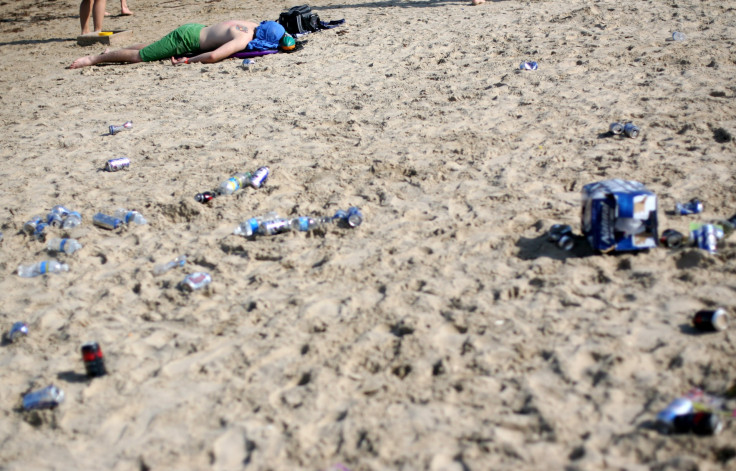High Levels Of Fecal Matter Reported On Texas Beaches Ahead Of Spring Break

Spring breakers who want a nice time at one of the many beaches along the Texas Gulf Coast should potentially plan some different warm weather activities. High levels of fecal bacteria have been found on several beaches in Southern Texas, KSAT-12 reported.
__ Poop alert!! __ https://t.co/3P7K2c8ekT
— KSAT 12 (@ksatnews) March 8, 2018
The Texas Beach Watch website has an interactive map with each beach color-coded by the amount of reported fecal bacteria. Several of them are listed as “high,” meaning it would be inadvisable to swim in those waters, given the amount of bacteria in it.
Some of the worst beaches in this regard are in the areas of Galveston, Corpus Christi Bay, Matagorda Peninsula, Freeport Harbor and Bolivar Peninsula, Click 2 Houston reported.
People who swim in water with high levels of fecal matter run the risk of contracting several diseases, including typhoid fever and hepatitis A. Swimming in contaminated water, in general, can cause several different illnesses, categorized as Recreational Water Illnesses by the CDC, and is an easy way to get illnesses that cause diarrhea, in particular.
If the problem is widespread enough, beaches can be closed. Last summer, more than a dozen beaches in New Jersey closed because of abnormally high amounts of fecal bacteria, likely from birds, cats and dogs. The beaches themselves were deemed fine for people to rest and play on, but the water was where it got problematic for beachgoers.

© Copyright IBTimes 2024. All rights reserved.











